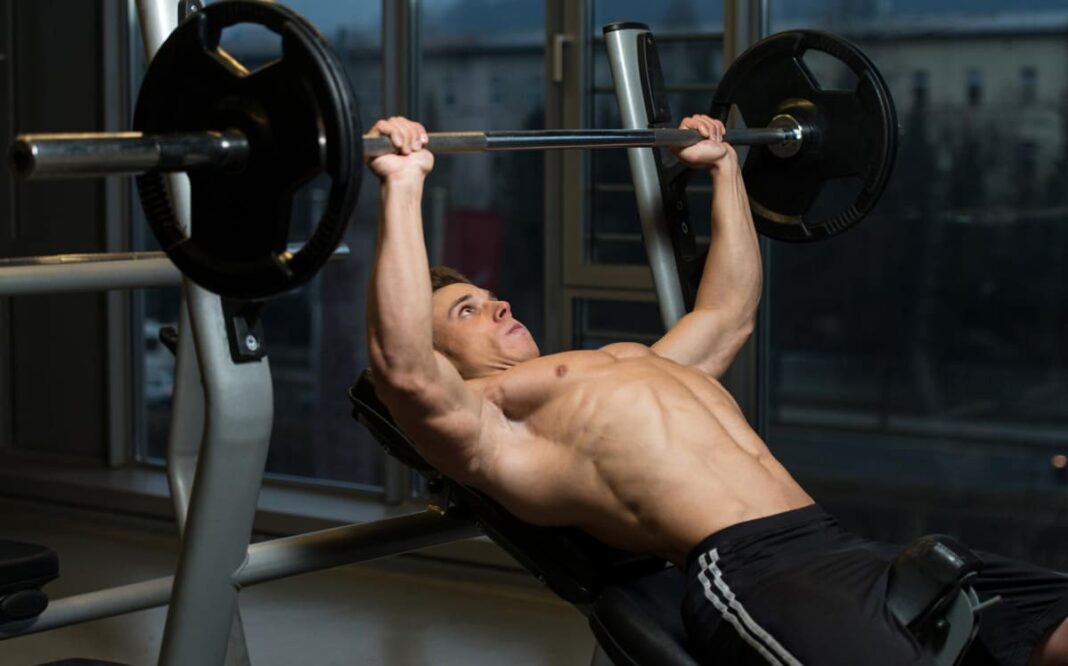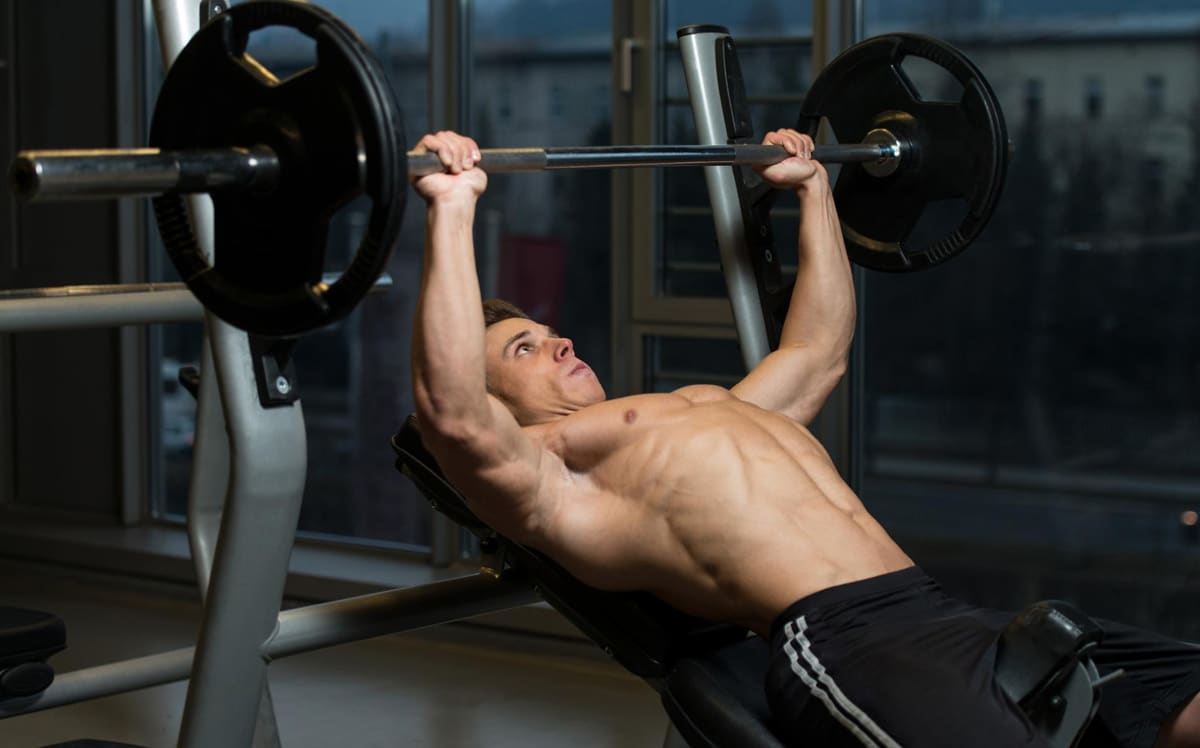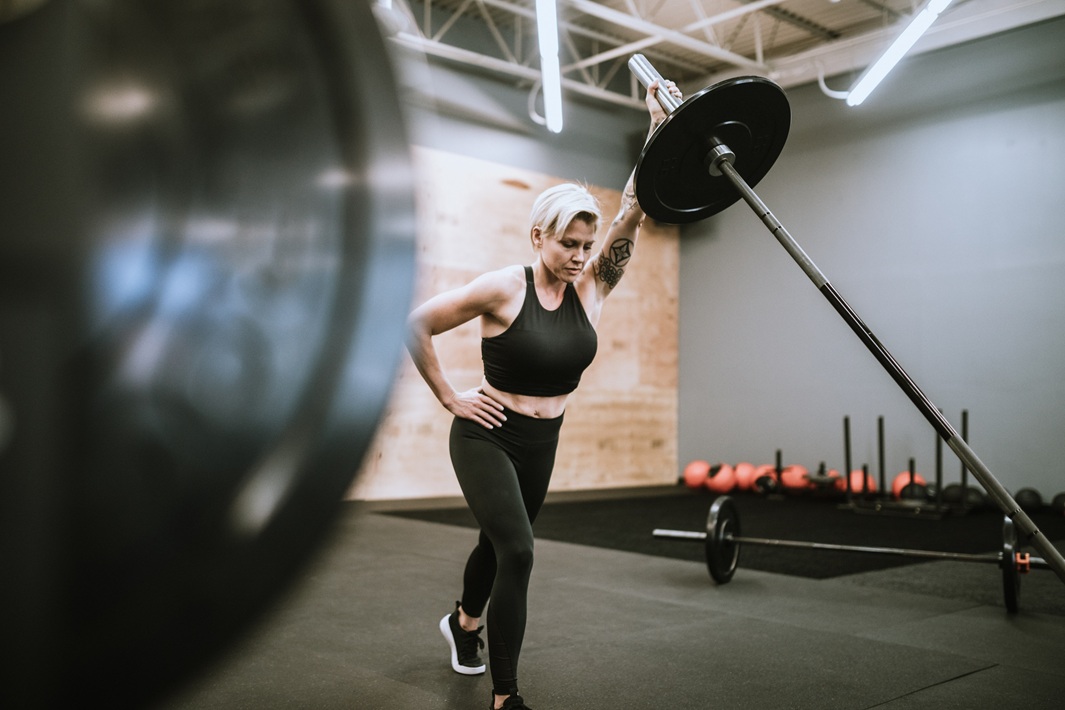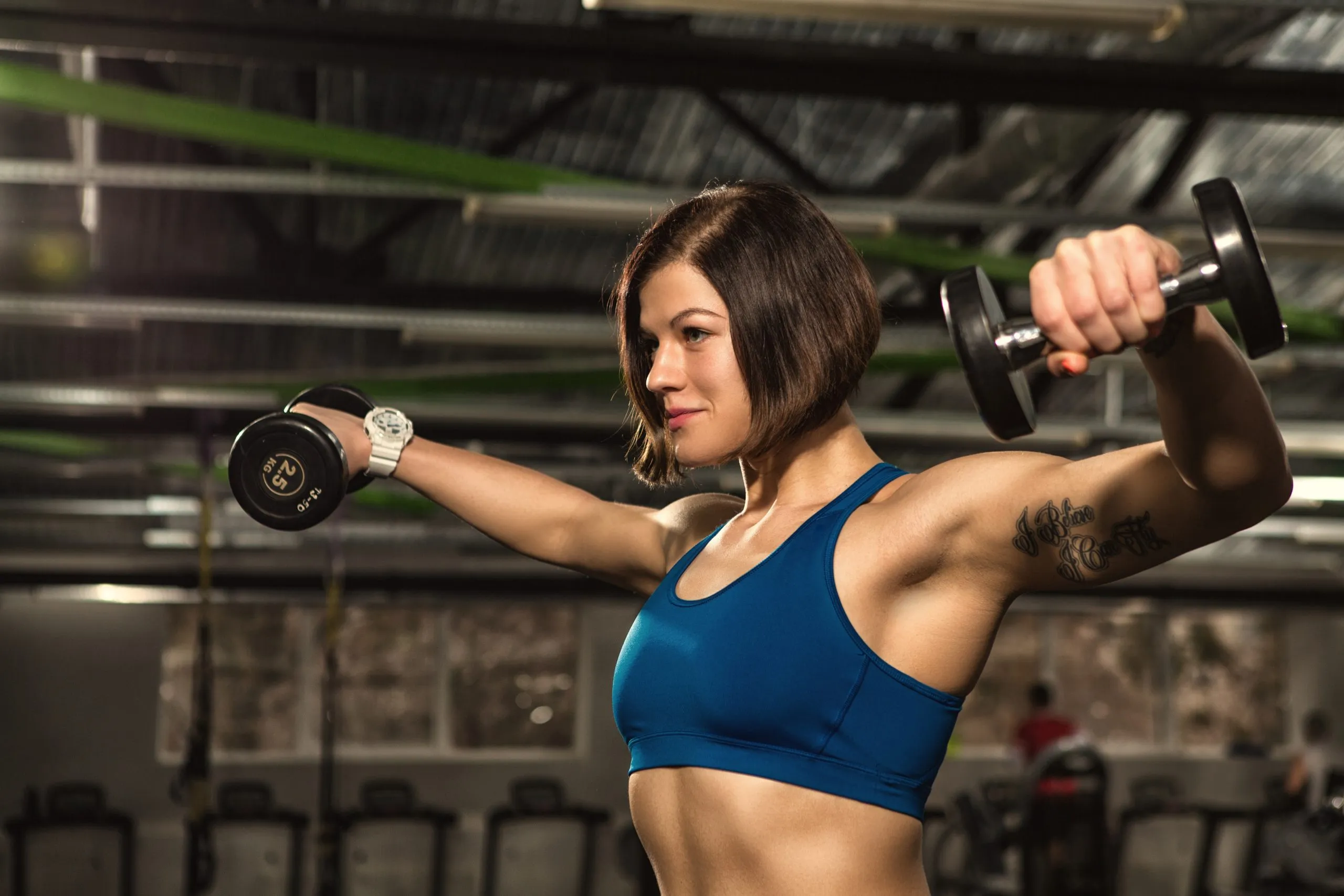Incline Bench Press: The Hybrid Chest–Shoulder Builder
When bodybuilders talk about building a powerful upper chest and round, dominant front delts, the Incline Bench Press always comes up.
By adjusting the bench angle, this lift shifts the pressing path to emphasize the clavicular head of the chest and the anterior deltoids—making it a perfect crossover exercise for strength and aesthetics.
For lifters chasing a massive bench, it builds pressing strength in the top half of the range. For physique-focused athletes, it creates the thickness and shoulder-chest tie-in that completes the upper torso.
This guide breaks down the incline press in detail: muscles worked, how to perform it properly, mistakes to avoid, variations, programming strategies, and bodybuilding-specific tips to maximize results.
Muscles Worked
The Incline Bench Press targets both chest and shoulders, but with a front delt emphasis compared to the flat bench.
- Primary Muscles:
- Clavicular head of the pectoralis major (upper chest).
- Anterior deltoid (front delt).
- Secondary Muscles:
- Triceps brachii – elbow extension.
- Lateral deltoids – stabilizers.
- Serratus anterior – scapular stability.
- Upper trapezius – supports shoulder elevation.
👉 Compared to the flat bench, the incline press increases front delt recruitment and shifts emphasis upward on the chest.
How to Perform the Incline Bench Press (Step by Step)
Setup
- Set a bench to a 30–45° incline (steeper angles shift too much to shoulders).
- Lie back with feet planted firmly on the floor.
- Grip the bar slightly wider than shoulder width.
- Retract shoulder blades and keep chest lifted.
Execution
- Unrack the bar with arms fully extended above chest.
- Lower the bar in a controlled arc to upper chest/collarbone area.
- Elbows: Keep at ~45° angle from torso (not flared, not tucked).
- Press upward in a slight arc, driving bar back toward starting position.
- Lock out with control, avoiding elbow hyperextension.
Breathing
- Inhale on the descent.
- Exhale as you press bar upward.
Tempo Recommendation
- Down (eccentric): 2–3 seconds.
- Pause: Brief at chest (optional).
- Up (concentric): 1–2 seconds.
Common Mistakes and Fixes
- Bench too steep
- Mistake: Setting bench at 60°+ (basically turning it into an overhead press).
- Fix: Stick with 30–45° for balanced chest/delt activation.
- Elbow flare
- Mistake: Elbows at 90°, stressing shoulder joints.
- Fix: Keep elbows at 45–60°.
- Bar path too high
- Mistake: Lowering bar to throat/neck.
- Fix: Aim for upper chest, just below clavicle.
- Bouncing bar
- Mistake: Using momentum off chest.
- Fix: Control descent; slight pause if needed.
- Losing scapular retraction
- Mistake: Shoulders rolling forward.
- Fix: Keep shoulder blades pulled back and down.
Variations and Alternatives
- Dumbbell Incline Press
- Increases range of motion and stabilizer recruitment.
- Incline Smith Machine Press
- Controlled bar path, good for hypertrophy.
- Low Incline Bench Press (15–20°)
- More chest, less front delt—great for variety.
- High Incline Press (50–60°)
- More shoulder dominant; safer alternative to OHP for some lifters.
- Reverse-Grip Incline Press
- Puts more emphasis on upper chest and front delts.
- Incline Close-Grip Press
- Triceps + front delt focused.
Programming Guidelines
For Strength (Performance Focus)
- Sets/Reps: 4–6 sets of 4–6 reps.
- Rest: 2–3 minutes.
- Load: Heavy, progressive overload.
- Placement: After flat bench press, before accessory lifts.
For Hypertrophy (Aesthetics Focus)
- Sets/Reps: 3–5 sets of 8–12 reps (sometimes 10–15 for volume).
- Tempo: Controlled eccentric, strong contraction.
- Rest: 60–90 seconds.
- Superset Options: Pair with lateral raises for shoulder balance.
Bodybuilder’s Tips
- Angle is everything. Too steep = shoulders, too flat = mid chest. Find your sweet spot.
- Dumbbells for stretch. Use dumbbells periodically to get full stretch at the bottom.
- Keep constant tension. Don’t lock out aggressively—maintain delt/chest engagement.
- Prioritize early in workout. Use incline press before isolation moves for maximum output.
- Cycle variations. Rotate between barbell, dumbbell, and machine to avoid stagnation.
Strength vs Aesthetic Outcomes
- Strength-Oriented Lifters: Incline press improves pressing strength, especially lockout and shoulder stability. Great accessory for bench/OHP.
- Aesthetic-Oriented Lifters: This is a must-have—it builds the upper chest–front delt tie-in, adding density and roundness to the torso.
👉 Bottom line: Press heavy for strength, pump volume for size. Both benefit from smart incline press programming.
Practical Takeaways
- The Incline Bench Press is the best hybrid chest–shoulder lift for both strength and physique.
- Emphasizes the front delts and upper chest, creating both pressing power and visual thickness.
- Keep bench at 30–45° for optimal activation.
- Use barbell for load, dumbbells for range, and Smith for hypertrophy-focused stability.
- Program early in workouts for strength or mid-session for hypertrophy volume.
Conclusion
The Incline Bench Press is more than just a bench variation—it’s a front delt builder disguised as a chest lift. By pressing at an angle, you hammer the anterior delts while adding size to the upper chest, making it essential for both performance and aesthetics.
If you’re chasing a big press, the incline improves lockout power and shoulder stability. If you’re sculpting a physique, it delivers the chest-shoulder density that defines a strong, aesthetic upper body.
👉 Bottom line: The Incline Bench Press deserves a permanent spot in your program—whether your goal is a bigger bench, fuller delts, or both.





